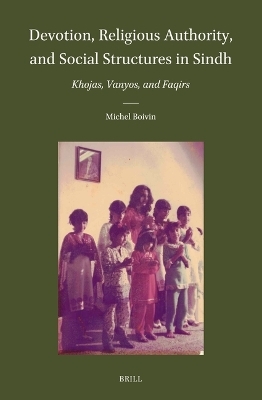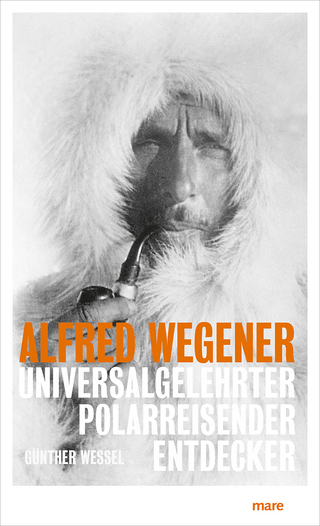
Devotion, Religious Authority, and Social Structures in Sindh
Brill (Verlag)
978-90-04-53992-1 (ISBN)
Drawing on both historical anthropology and sociology of religions, the book also underscores that the process of constructing communities in South Asia, both Hindu and Muslim, is rooted in the same social pattern, the patrilineal lineage (baradari or khandan).
Michel Boivin, PhD (1990), University of Sorbonne Nouvelle (Paris) and HDR (2005), University of Paris X-Nanterre, is Emeritus Research Director at CNRS. Former director of the Centre for Indian and South Studies (CNRS-EHESS), he is currently member of the Centre for the Study of South Asia and the Himalayas (CESAH). His last books are The Hindu Sufis of South Asia. Partition, Shrine Culture and the Sindhis of India, London, I. B. Tauris, 2019, and The Sufi Paradigm and the Makings of Vernacular Knowledge in Colonial India: The Case of Sindh (1851-1929), New York, Palgrave McMillan, 2021.
Acknowledgements
List of Maps, Tables and Figures
Abbreviations
Transliteration
Notice
Maps
Introduction
1 Setting the Scene
2 Social Structure and Sindh
3 Religious Authority and Devotion
4 Three Case Studies
1 The Making of the Ismaili Jamat
1 The Khojas, Karachi and the Khojisation Process
2 The Aga Khan and the Establishing Myths: Jherruk and Amir Pir
3 The Eviction of the Sayyids
4 The Institutional Pillars
5 Creation of a New Elite and Intra-community Rivalries
6 Reinforcing the Jamat
7 Conclusion
2 The Road to Islamization and the Partition of India
1 The Standardization of the Satpanth
2 The Stages of the Islamization of the Dua
3 Other Islamization Processes and the Extinction of Dissent
4 The Rites of Passage
5 The Liturgical Calendar and the Religious Rituals
6 Conclusion
3 The Karachi Cosmopolis, The Vanyos, and Jhulelal
1 Introduction
2 The Making of Modern Hinduism and the Domination of Merchant Castes
3 Frere’s Impulse and the “Cosmopolitanizing” Process of Karachi
4 The Failure of the Khudawadi Project
5 The Issue of the Social Structure of the Lohanas
6 The Bhaibands-Amils Divide and Its Consequences
7 The Darbar of Uderolal and the Jhulelal Tirathdham in India
8 Conclusion
4 Lal Shahbaz Qalandar’s Baraka and the Rise of the Ritual City
1 The Emergence of the Saint
2 Capturing the Baraka in Buildings
3 The Baraka as an Ethnographic Object
4 Authority and Baraka: Lal Shahbaz Qalandar’s Mazar
5 The Extension of Baraka beyond Sehwan: The Maqams
6 The System of the Kafis
7 The Economy of Devotion: The Bazars
8 Conclusion
5 Devotion and Competion: The Sehwan System
1 The Succession to Lal Shahbaz Qalandar’s Baraka
2 The Domination of the Sayyids and the Nationalization of the Mazar
3 The Faqirs, the Murids, and the Other Professionals of Charisma
4 The Sajjada Nashini Muridi Relationship, the Linchpin of the Exercise of Authority
5 The Ziyarat, and the Dhammal
6 The Relics
7 The Festive Calendar
8 The Processions for Gridding the City to Strengthen Allegiances
9 Conclusion
General Conclusion
Glossary
Bibliography
Index
| Erscheinungsdatum | 26.03.2024 |
|---|---|
| Reihe/Serie | Brill's Indological Library ; 60 |
| Verlagsort | Leiden |
| Sprache | englisch |
| Maße | 155 x 235 mm |
| Gewicht | 627 g |
| Themenwelt | Geisteswissenschaften ► Geschichte ► Regional- / Ländergeschichte |
| Geisteswissenschaften ► Religion / Theologie ► Hinduismus | |
| Geisteswissenschaften ► Religion / Theologie ► Islam | |
| ISBN-10 | 90-04-53992-1 / 9004539921 |
| ISBN-13 | 978-90-04-53992-1 / 9789004539921 |
| Zustand | Neuware |
| Haben Sie eine Frage zum Produkt? |
aus dem Bereich


